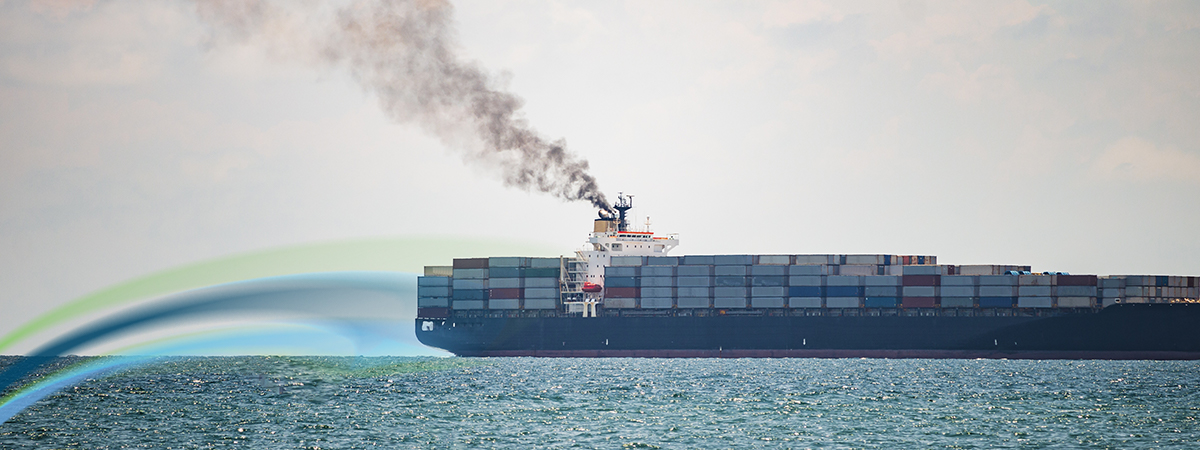A burning ship off the coast off Sri Lanka has leaked hazardous chemicals into the eco system, causing an environmental disaster. The ship in question, the X-Press Pearl, has been branded ‘the toxic ship’ by the BBC due to the devastating impact that the incident has caused.
Why is the Sri Lanka ship disaster so harmful?
This environmental disaster has been regarded one of the worst in Sri Lankan history, and now most of the ship has settled at the bottom of the Indian Ocean. This makes matters worse, as the ship’s cargo contained 25 tonnes of many harmful chemicals, such as methanol, nitric acid and sodium methoxide. The ship was also carrying 28 containers of raw materials that can be used to make plastic bags. These chemicals and other materials can be incredibly harmful to both humans and wildlife, and many fish and other marine animals have been found lifeless on the beaches of Sri Lanka.
The impact on marine life
The impact that this event has had on marine wildlife has been catastrophic. Fish, birds and turtles have been found on the beaches with microplastics in their systems. The plastic pellets that are used to make plastic bags are reportedly the most harmful to the marine life, as they can be fatal.
A coordinator at the Pearl Protectors, which is an organisation dedicated to protecting marine life in Sri Lanka, Muditha Katuwawala, has said that what happened here was very close to a “nuclear disaster”, thus illustrating just how devastating this disaster is. It has been reported that the country may not recover from this for years, or even decades to come.
Loss of livelihood
Fisherman have also been banned from going any closer than a 50-mile radius of the incident. This has negatively impacted their lives as their livelihood and income have disappeared almost overnight.
Fishing has been banned despite the huge clean-up operation that is underway, as well as the many law enforcement officers and firemen that have been tackling Sri Lanka’s biggest environmental disaster.
Could it have been avoided?
It is said that the fire was caused by a leak of nitric acid, a substance that the ship was carrying. This has been argued to have been caused by the nitric acid not being stored correctly, or not handled correctly. This leak was discovered at Qatar’s Hamad Port, and the ship in question, X-Press Pearl, had requested to discharge the dangerous container, but Hamad Port denied this request, claiming that it didn’t have the manpower, which is hard to believe as this port is state-of-the-art and well-resourced.
The X-Press Pearl later also requested to discharge of the leaking container at Hazira Port in Gujarat. This request was also denied due to the same reasons.
Had either one of these ports allowed the X-Press Pearl permission to unload, then this environmental disaster may never had happened.
